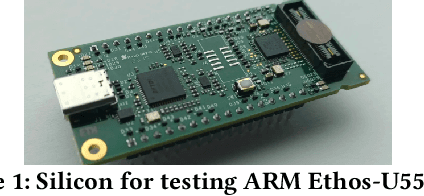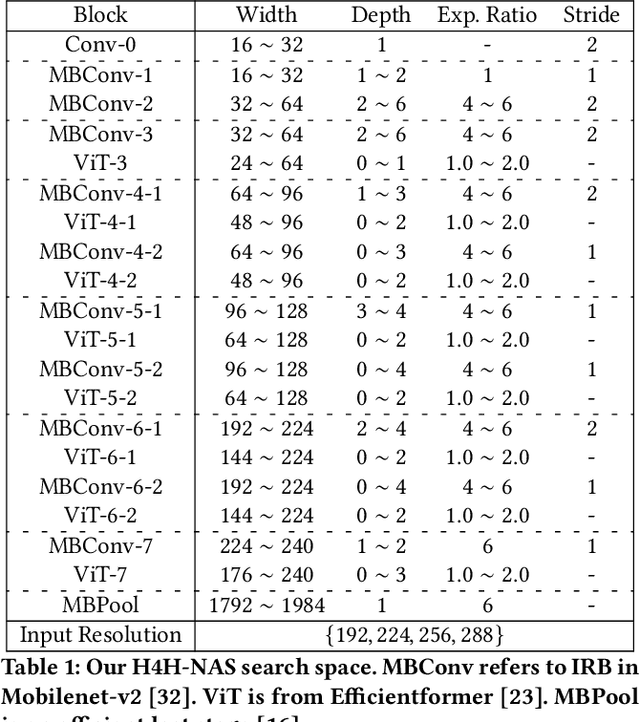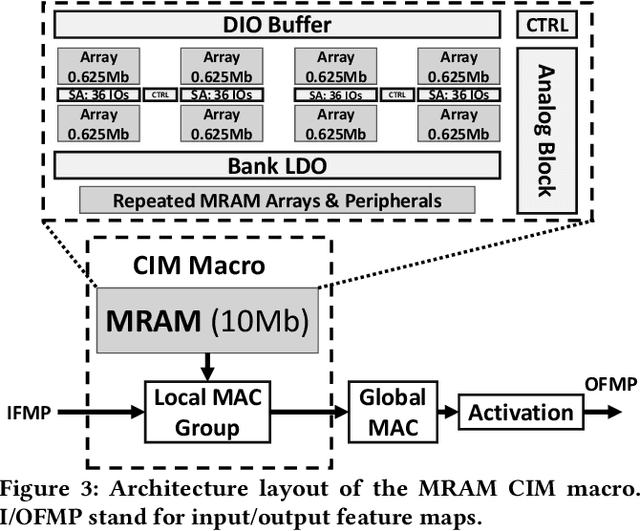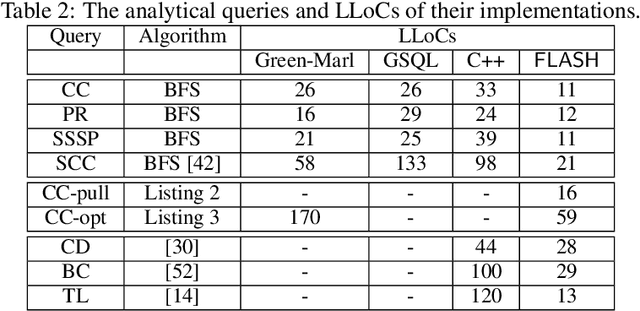Yiwei Zhao
PhysAnimator: Physics-Guided Generative Cartoon Animation
Jan 27, 2025Abstract:Creating hand-drawn animation sequences is labor-intensive and demands professional expertise. We introduce PhysAnimator, a novel approach for generating physically plausible meanwhile anime-stylized animation from static anime illustrations. Our method seamlessly integrates physics-based simulations with data-driven generative models to produce dynamic and visually compelling animations. To capture the fluidity and exaggeration characteristic of anime, we perform image-space deformable body simulations on extracted mesh geometries. We enhance artistic control by introducing customizable energy strokes and incorporating rigging point support, enabling the creation of tailored animation effects such as wind interactions. Finally, we extract and warp sketches from the simulation sequence, generating a texture-agnostic representation, and employ a sketch-guided video diffusion model to synthesize high-quality animation frames. The resulting animations exhibit temporal consistency and visual plausibility, demonstrating the effectiveness of our method in creating dynamic anime-style animations.
Neural Architecture Search of Hybrid Models for NPU-CIM Heterogeneous AR/VR Devices
Oct 10, 2024



Abstract:Low-Latency and Low-Power Edge AI is essential for Virtual Reality and Augmented Reality applications. Recent advances show that hybrid models, combining convolution layers (CNN) and transformers (ViT), often achieve superior accuracy/performance tradeoff on various computer vision and machine learning (ML) tasks. However, hybrid ML models can pose system challenges for latency and energy-efficiency due to their diverse nature in dataflow and memory access patterns. In this work, we leverage the architecture heterogeneity from Neural Processing Units (NPU) and Compute-In-Memory (CIM) and perform diverse execution schemas to efficiently execute these hybrid models. We also introduce H4H-NAS, a Neural Architecture Search framework to design efficient hybrid CNN/ViT models for heterogeneous edge systems with both NPU and CIM. Our H4H-NAS approach is powered by a performance estimator built with NPU performance results measured on real silicon, and CIM performance based on industry IPs. H4H-NAS searches hybrid CNN/ViT models with fine granularity and achieves significant (up to 1.34%) top-1 accuracy improvement on ImageNet dataset. Moreover, results from our Algo/HW co-design reveal up to 56.08% overall latency and 41.72% energy improvements by introducing such heterogeneous computing over baseline solutions. The framework guides the design of hybrid network architectures and system architectures of NPU+CIM heterogeneous systems.
Generic and Robust Root Cause Localization for Multi-Dimensional Data in Online Service Systems
May 05, 2023



Abstract:Localizing root causes for multi-dimensional data is critical to ensure online service systems' reliability. When a fault occurs, only the measure values within specific attribute combinations are abnormal. Such attribute combinations are substantial clues to the underlying root causes and thus are called root causes of multidimensional data. This paper proposes a generic and robust root cause localization approach for multi-dimensional data, PSqueeze. We propose a generic property of root cause for multi-dimensional data, generalized ripple effect (GRE). Based on it, we propose a novel probabilistic cluster method and a robust heuristic search method. Moreover, we identify the importance of determining external root causes and propose an effective method for the first time in literature. Our experiments on two real-world datasets with 5400 faults show that the F1-score of PSqueeze outperforms baselines by 32.89%, while the localization time is around 10 seconds across all cases. The F1-score in determining external root causes of PSqueeze achieves 0.90. Furthermore, case studies in several production systems demonstrate that PSqueeze is helpful to fault diagnosis in the real world.
Taming the Expressiveness and Programmability of Graph Analytical Queries
Apr 20, 2020



Abstract:Graph database has enjoyed a boom in the last decade, and graph queries accordingly gain a lot of attentions from both the academia and industry. We focus on analytical queries in this paper. While analyzing existing domain-specific languages (DSLs) for analytical queries regarding the perspectives of completeness, expressiveness and programmability, we find out that none of existing work has achieved a satisfactory coverage of these perspectives. Motivated by this, we propose the \flash DSL, which is named after the three primitive operators Filter, LocAl and PuSH. We prove that \flash is Turing complete (completeness), and show that it achieves both good expressiveness and programmability for analytical queries. We provide an implementation of \flash based on code generation, and compare it with native C++ codes and existing DSL using representative queries. The experiment results demonstrate \flash's expressiveness, and its capability of programming complex algorithms that achieve satisfactory runtime.
 Add to Chrome
Add to Chrome Add to Firefox
Add to Firefox Add to Edge
Add to Edge